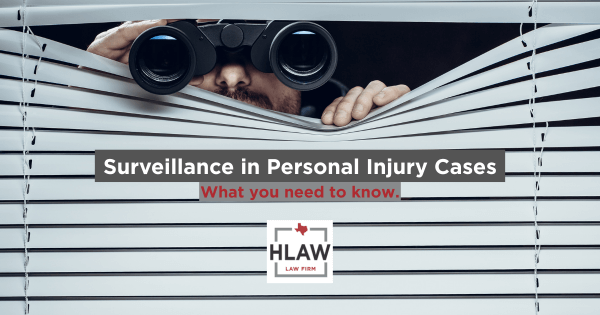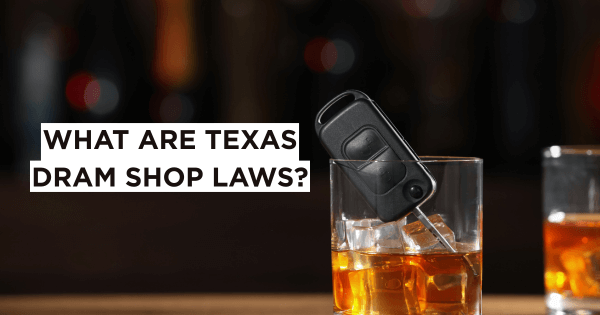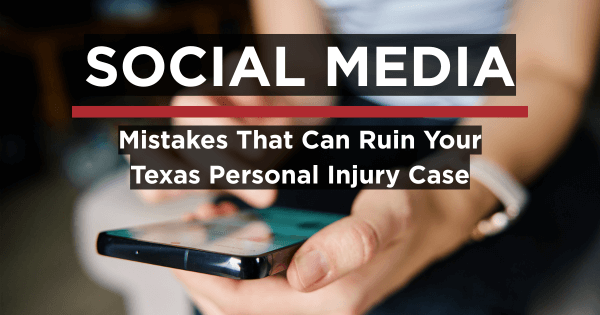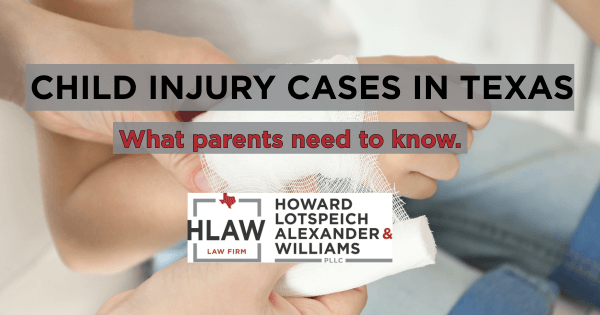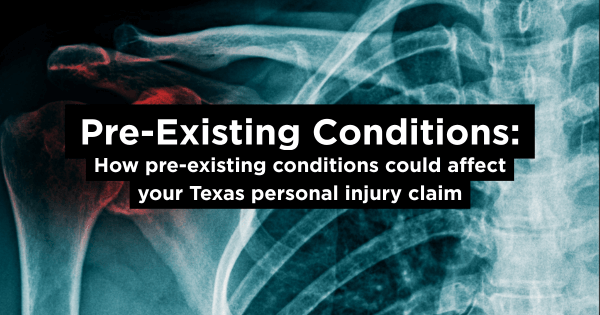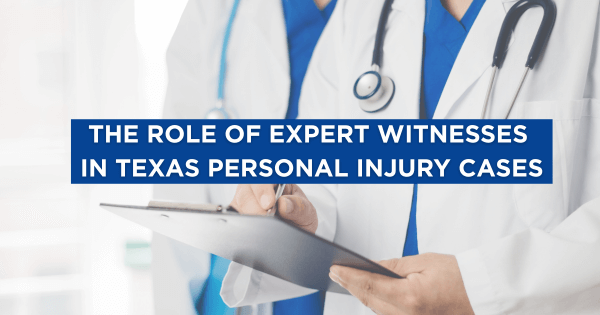

Expert witnesses—such as medical professionals, engineers, and accident reconstructionists—play a critical role in proving Texas personal injury claims.
How Medical, Engineering, and Accident Reconstruction Experts Can Strengthen Your Case
When you’ve been injured in an accident—whether in a car crash, trucking accident, a workplace incident, or on someone else’s property—your claim often comes down to one question: Can you prove it? In Texas personal injury cases, proving fault and the extent of your damages isn’t just about telling your story—it’s about presenting credible, persuasive evidence. That’s where expert witnesses play a critical role.
Under Texas law, an “expert” is someone who has “scientific, technical, or other specialized knowledge” that will help the judge or jury understand the evidence or determine a fact in issue (see Texas Rules of Evidence, Rule 702). These experts provide opinions grounded in their professional training and experience—opinions that can make or break your case.
1. Why Expert Witnesses Matter in Texas Personal Injury Cases
Expert witnesses are different from regular witnesses. Regular witnesses can only testify about what they personally saw, heard, or experienced. Experts, on the other hand, can:
- Analyze the cause of an accident.
- Explain complicated medical conditions.
- Interpret engineering failures or design defects.
- Reconstruct accidents to show how and why they occurred.
The Texas Supreme Court has emphasized that expert testimony must be reliable and relevant—meaning it must be based on sound methodology and actually help the factfinder (see E.I. du Pont de Nemours & Co. v. Robinson, 923 S.W.2d 549 (Tex. 1995)).
2. Types of Expert Witnesses That Can Strengthen Your Case
A. Medical Experts
In most personal injury claims, medical testimony is key to proving the nature and extent of your injuries. Medical experts can:
- Explain how an accident caused your injuries.
- Detail your required treatment and recovery time.
- Estimate the costs of ongoing or future care.
- Connect your injuries to the event, countering insurance company claims that they were “pre-existing.”
In Texas, medical causation often requires expert testimony—especially for complex or non-obvious injuries (Guevara v. Ferrer, 247 S.W.3d 662 (Tex. 2007)).
B. Engineering Experts
Engineering experts analyze structures, machinery, and environmental conditions that may have contributed to your accident. They are invaluable in:
- Slip-and-fall cases (floor friction, lighting conditions).
- Defective product cases (design flaws, manufacturing defects).
- Construction accidents (scaffolding failure, code violations).
Texas premises liability law (see Texas Civil Practice & Remedies Code § 75.002 and § 101.022) often hinges on whether a property owner knew of and failed to correct a dangerous condition—an engineering expert can help prove this.
C. Accident Reconstruction Experts
Accident reconstructionists use physics, engineering principles, and crash data to recreate the events leading up to an accident. They can:
- Analyze skid marks, debris patterns, and vehicle damage.
- Determine speed, direction, and impact points.
- Create computer simulations or visual exhibits for trial.
These experts are particularly useful in auto and trucking accident cases governed by Texas Transportation Code and federal motor carrier safety regulations.
3. How Expert Testimony Influences Texas Juries and Judges
In Texas, juries decide most personal injury cases. A well-qualified expert can help:
- Break down complicated technical language into clear explanations.
- Provide visual aids, diagrams, and 3D models to make the evidence memorable.
- Establish credibility with unbiased, fact-based opinions.
An expert’s ability to explain “why” something happened—and back it up with evidence—can dramatically strengthen your position at mediation, in settlement negotiations, or at trial.
4. The Legal Requirements for Admissible Expert Testimony
Texas courts apply a strict standard for admitting expert testimony. Rule 702 requires that:
- The expert is qualified by knowledge, skill, experience, training, or education.
- The testimony is based on a reliable foundation.
- The testimony will assist the trier of fact.
Courts also apply the factors to evaluate reliability, which include:
- Testing of the expert’s theory.
- Peer review and publication.
- Potential rate of error.
- General acceptance in the relevant community.
If your attorney doesn’t choose the right expert or prepare them properly, your evidence could be excluded—leaving you without the proof you need.
5. Why You Should Consult Our Firm for Free If You’ve Been Injured And Might Need An Expert
At Howard, Lotspeich, Alexander & Williams, PLLC (HLAW), we know which experts can make the difference in your case. We regularly work with respected medical professionals, engineers, and accident reconstructionists across Texas who have the experience and credibility to stand up in court.
Here’s why consulting with us—at no cost to you—is the smartest move:
- We cover the upfront costs of hiring the right experts for your case.
- We know the local courts and judges, so we understand which experts resonate best in front of a Tarrant County and North Texas juries.
- We only get paid if we win—meaning we’re invested in making sure your case is supported by the strongest evidence possible.
Whether you’ve been in a serious car crash, trucking accident, suffered an injury on the job, or been hurt by a defective product, having the right expert testimony can be the deciding factor. Don’t take chances with your case.
Free Consultation:
If you or a loved one has been injured, contact HLAW today for a free, no-obligation case review. We’ll explain whether expert witnesses could help in your situation—and how we can put them to work for you. Call us at 817-993-9249 or fill out our online form to get started.

